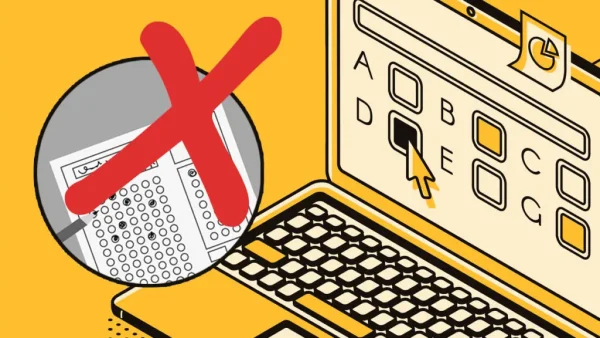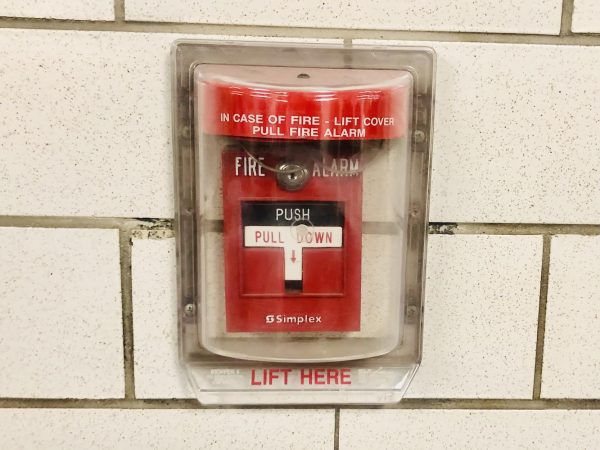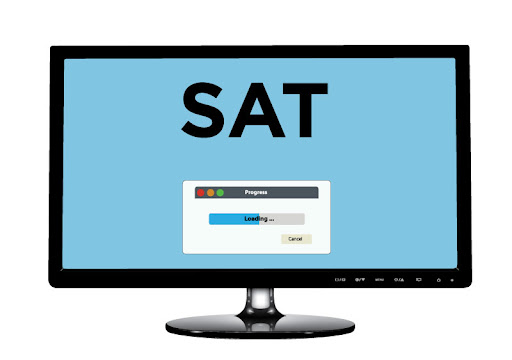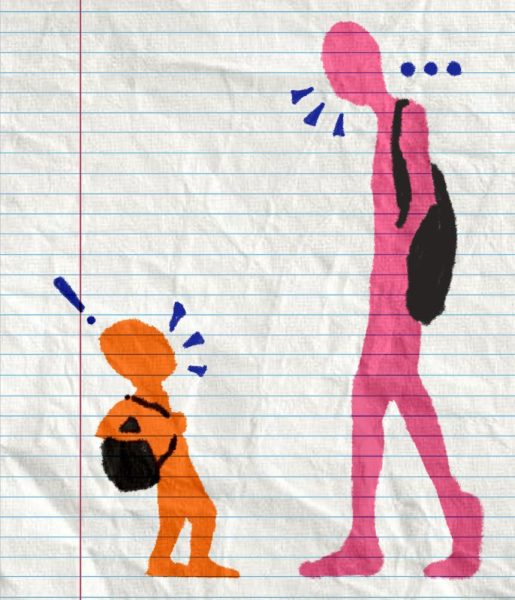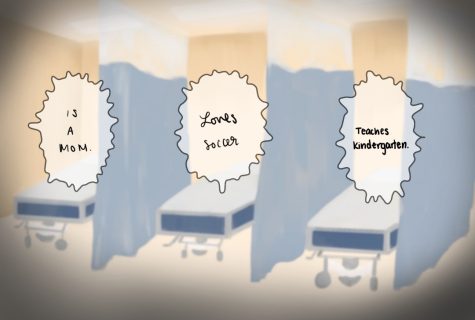Pass/Fail: The solution to remote learning
September 25, 2020
This school year is unprecedented. Students are learning in vastly different ways: some virtually, some in person, and some with a mix of both. These changes have required schools to redefine hallmarks of the high school experience—school events, extracurricular activities, and, of course, grading. Though many other districts have opted for either elective or mandatory pass/fail grading systems, District 211 has adhered to its traditional A-F grading scale. Given the intrinsically flawed nature of grading during e-learning, however, D211 should similarly switch to pass/fail grading.
Opponents of a pass/fail system see it as an excuse for early-onset senioritis. Perhaps they fear students will snooze their alarms, forgo the Zooms, and miss out on a semester or year of school. These fears are unwarranted. There is limited evidence to suggest grades incentivize learning (International Society for Technology in Education). A traditional grading system may lead students to prioritize their grades over their understanding the material. As former Harvard dean Harry Lewis suggests, “if the only purpose of learning is getting the grade, the only reason not to cheat is the fear of being caught” (Psychology Today). As an e-learning environment significantly lessens the fear of being caught, a traditional grading system may contribute to a rise in academic dishonesty. A pass/fail grading system, on the other hand, would allow students to learn for the sake of learning.
The grades students receive during e-learning also serve little functional purpose; they don’t tell us much at all. Though assessments are a large portion of student grades, educators are now incredibly limited in the ways they can equitably administer tests. Students can share answers, reference their notes, or look up questions on the internet with little teacher oversight. Take-home tests, with no time constraints, run the risk of spurring egregious grade inflation. In-class tests are even more seriously flawed; they require two devices—an impossibility for some students—and may disadvantage test-takers with technology issues. Educators have also chosen to assess students differently, leading to large disparities in how different educators teach the same course.
Assessments are indispensable; they do improve how well students retain course material through the testing effect. Coupled with an A-F grading scale, however, they pretend to gauge students’ learning more accurately than they do. A pass/fail grading system would allow students to reap the benefits of assessments without dealing with the issues of e-learning grading.
The most troubling effects of an A-F grading scale, however, are its furtherance of the digital divide. Students may not have reliable internet access or spaces to do their schoolwork; others may face stressors inherent to living in a pandemic, like concern for their families. The district has made attempts to make e-learning more equitable, notably through its One-to-One iPad and Meal Bag programs. Traditional grading impedes these efforts. What do A-F grades tell us: students’ command of the material or the quality of their Wi-Fi?
While the semblance of normality that comes with a traditional grading scale may be reassuring, we cannot continue to pretend this year is normal. D211 must adapt. Let’s not fail our students and pass up this opportunity to switch to a Pass/Fail system.






